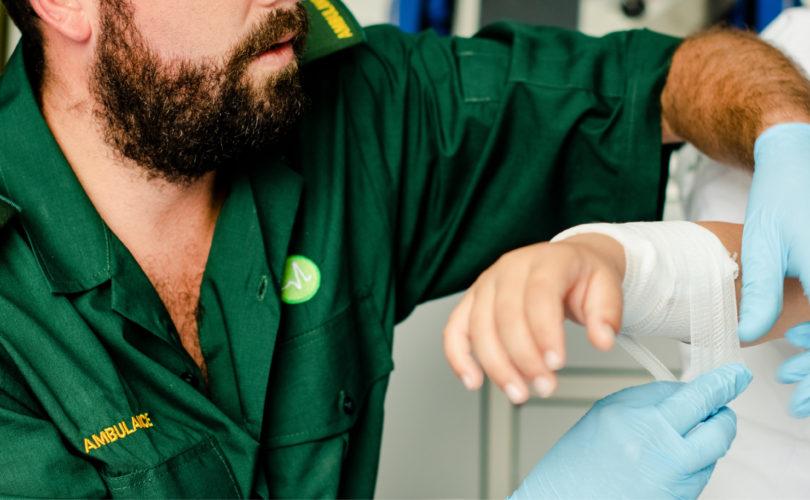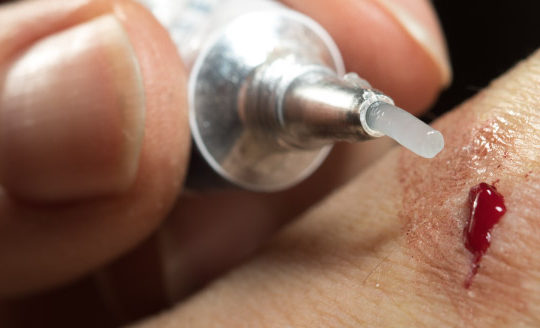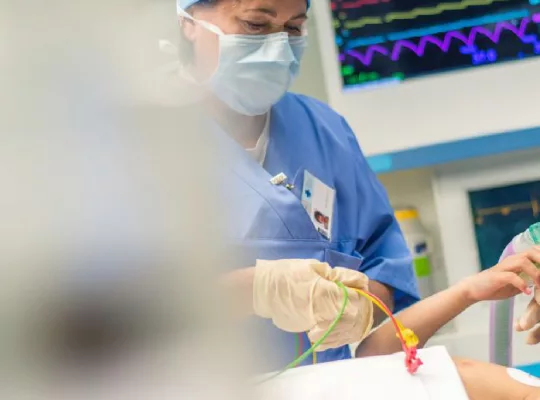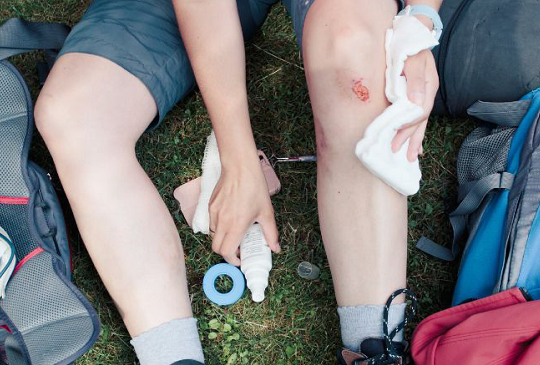When shopping for first aid supplies, you have likely come across both gauze pads and gauze rolls. The two have different applications despite being made from the same material.
Bandage vs Dressing
The main difference between gauze rolls and pads are that rolls are bandages and pads are dressings.
A bandage is a piece of fabric used to bind a wound or injury, and hold dressings in place.
A dressing is a sterile pad or compress used to cover and protect a wound while promoting healing.
Something to note is that gauze rolls can be used as dressings and bandages, but gauze pads can only be dressings.
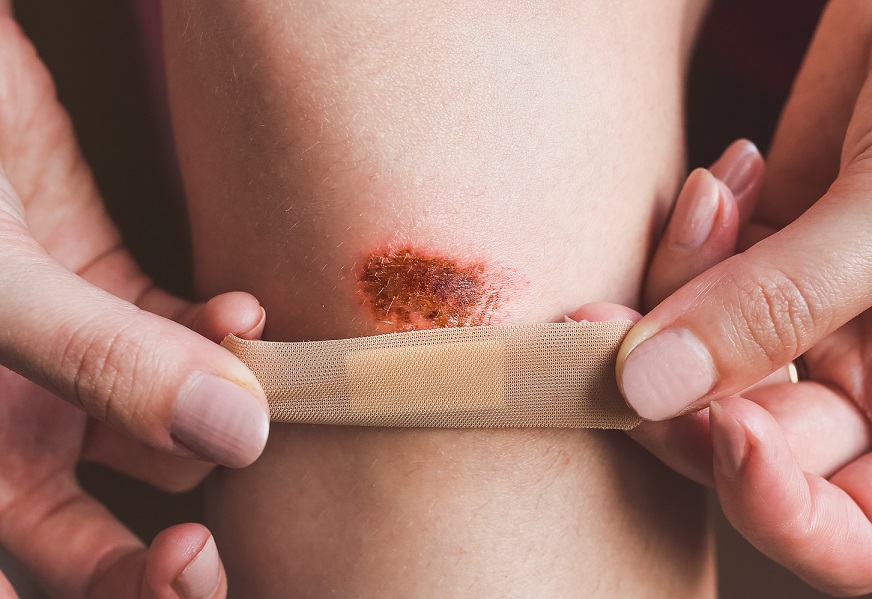
Gauze Rolls
Gauze rolls are extremely versatile first aid tools. They are generally designed to be less absorbent but cover larger areas. They are great for covering closed wounds and burns because they are non-adhesive and provide cushioning.
Despite not being designed for high absorbency, gauze rolls can be used to pack large wounds to slow bleeding and prevent blood from pooling inside the wound. Gauze rolls are also very efficient at securing dressings to the wound. Placing a gauze pad on the wound, wrapping it with a bandage, and then taping the roll will keep the pad in place.
Gauze Pads
Gauze pads are made of multiple sheets of gauze layered on top of each other to increase absorbency and liquid retention. They also create a barrier around the wound to prevent infection. Gauze pads are great for medium to highly bleeding wounds. Since they are non-adhesive, they require something else to keep it in contact with the wound, but has the advantage of not irritating the wound.
How to Treat a Wound with Gauze Pads/Rolls
First, assess the wound: how large and deep is it? How heavily is it bleeding? If the wound is small, wash it with soap and water. For large or deep wounds, only rinse the wound if there is dirt or other material inside. Large wounds can be cleaned by rubbing the surrounding area with a cloth soaked with rubbing alcohol. Use a gauze product and a bandage to cover the wound and keep pressure on it to slow bleeding. For large wounds, consult a medical professional to see if you need stitches. For minor wounds, try to keep the wound clean, change the covering every 1-2 days, and apply antibiotic ointments as directed to prevent infection.
Gauze pads and rolls are very helpful for keeping burns covered and protected. The soft cotton blend will provide comfort and keep the affected area clean. For first degree burns, run the affected area under cool water until the pain starts to go away, then apply some burn cream and cover. For second- and third-degree burns, just cover them and seek medical help.

